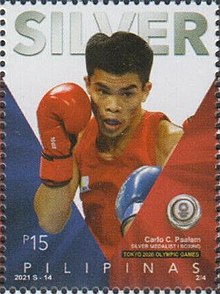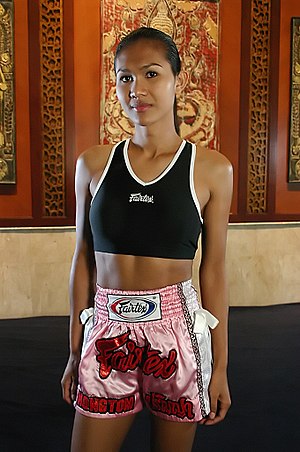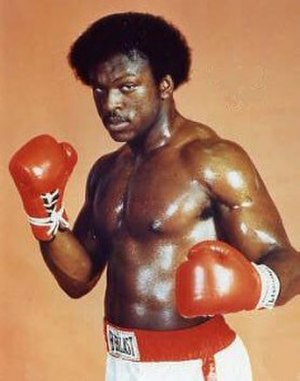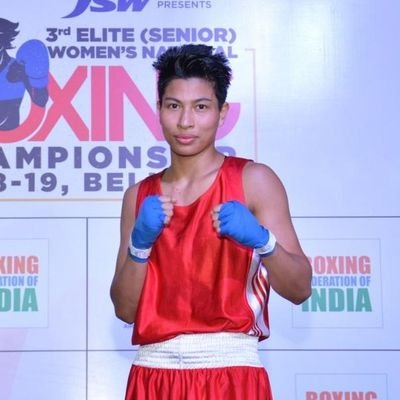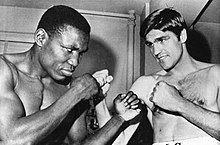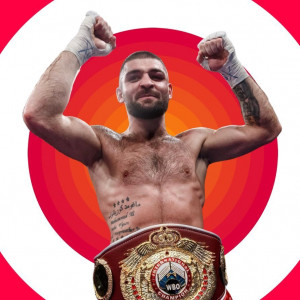Jimmy Young (boxer)
Birthday November 14, 1948
Birth Sign Scorpio
Birthplace Philadelphia, Pennsylvania, U.S.
DEATH DATE 2005-2-20, Philadelphia, Pennsylvania, U.S. (56 years old)
Nationality United States
Height 6ft 2in
Weight Heavyweight
#22999 Most Popular




